Vamana Dwadashi symbolizes the supreme grace of Bhagwan Vishnu in his Vamana avatar, inspiring devotees to cultivate humility, righteousness, and devotion on their spiritual path. In 2025, Vamana Dwadashi will be observed on Wednesday, April 9th . This auspicious day is a time for fasting, prayers, and deep reflection. Devotees seek the grace of Bhagavan Vamana through acts of devotion, chanting his sacred names, and performing rituals that purify the heart and mind. It is believed that observing Vamana Dwadashi with reverence leads to liberation from sins, bestows divine protection, and blesses devotees with peace, prosperity, and the path to ultimate spiritual fulfillment.
Significance of Vamana Dwadashi
Vamana Dwadashi is a celebration of divine justice and humility, marking the victory of Dharma (righteousness) over ego and material arrogance. It commemorates the sacred event when Bhagavan Vamana, the fifth incarnation of Bhagwan Vishnu, subdued the mighty king Mahabali with divine wisdom rather than brute force. This teaches that no worldly power can surpass the will of the Divine, reinforcing the importance of humility, truth, and surrender in spiritual life. The festival reminds devotees that material wealth and power are temporary, but surrendering to God leads to eternal fulfillment.
On a practical level, Vamana Dwadashi is observed through fasting, Vishnu puja, and charitable acts, instilling discipline and self-control in devotees. The vrat (fast) purifies the body and mind, while listening to the Vamana Avatar Katha (divine story) inspires seekers to cultivate virtues such as humility, righteousness, and devotion. Offering food, clothes, and donations to the needy on this day symbolizes the sacrifice of ego and material attachments, leading to inner peace and divine blessings. This practice also reinforces the karmic principle of selfless service and compassion, fostering a balanced spiritual and worldly life.
From a spiritual perspective, observing Vamana Dwadashi is believed to cleanse sins, remove planetary afflictions, and open the path to Moksha (liberation). Devotees chant Vishnu Sahasranama , recite Vamana Stotra, and meditate on the Bhagwan's divine form, seeking His grace for protection, prosperity, and enlightenment. The day serves as a reminder that true victory is not in conquest but in surrendering to the divine will. By following the path of Bhakti (devotion) and Dharma (righteousness), one can overcome inner darkness and attain the ultimate spiritual fulfillment.
Story of Vamana Dwadashi
Long ago, in the Treta Yuga, there reigned a mighty and benevolent Asura king named Mahabali, the grandson of the virtuous Prahlada and son of Virochana. Despite being born into the lineage of demons, Mahabali was a great ruler, known for his generosity, valor, and devotion to Dharma. His unwavering commitment to charity and righteousness earned him the admiration of gods and sages alike. However, as his power grew, so did his ambition. Through rigorous penance and strength, he conquered the three worlds—Bhuloka (Earth), Swargaloka (Heaven), and Patala (Netherworld)—even forcing the Devas (celestial beings) to flee from their abodes.
Observing Mahabali's growing dominion, Indra, the King of Devas, and other celestial beings approached Bhagwan Vishnu, pleading for divine intervention. The Supreme Bhagwan, ever compassionate towards all beings, decided to restore cosmic balance, not through war but through wisdom. In response, Bhagavan Vishnu incarnated as Vamana, a radiant young Brahmachari (celibate Brahmin boy), born to Sage Kashyapa and Mother Aditi, appearing at the sacred site of Badrikashrama. Clad in simple robes, holding a kamandalu (water pot) and a staff, his divine brilliance concealed his omnipotence. With his serene and humble demeanor, he walked towards the grand Ashwamedha Yajna (horse sacrifice ritual) being conducted by Mahabali, where the king was bestowing gifts upon all seekers.
Upon seeing the diminutive yet luminous Brahmin boy, King Mahabali was filled with reverence and humility. With folded hands, he welcomed Vamana and offered him any gift he desired. The divine boy, with a gentle smile, humbly requested three paces of land. Amused by the simplicity of the request, Mahabali readily agreed, despite his Guru, Shukracharya, warning him that the boy was none other than Bhagwan Vishnu in disguise. Keeping his promise above all else, Mahabali poured water from his golden vessel to seal his vow. At that moment, Vamana Bhagavan revealed his cosmic form, growing infinitely in size.
With his first step, he covered the entire Earth, with his second step, he spanned the celestial realms, and with no space left for his third step, Mahabali, realizing the divine play, bowed in complete surrender and offered his own head for the Bhagwan’s final step. Pleased with Mahabali’s devotion and humility, Bhagwan Vamana did not destroy him but instead blessed him with immortality and granted him sovereignty over Sutala, a realm even more opulent than heaven. Furthermore, the Bhagwan promised that in the future, Mahabali would return as Indra in the next Manvantara.
Thus, the Vamana Avatar of Bhagwan Vishnu teaches the profound lesson that true greatness lies not in power or conquest but in humility, devotion, and surrender to the Divine. It is a reminder that material wealth and dominion are transient, but surrendering to Dharma and the will of God leads to eternal bliss and divine grace. On Vamana Dwadashi, devotees commemorate this sacred event by fasting, worshipping Bhagwan Vishnu, and practicing charity, seeking the blessings of Bhagavan Vamana for prosperity, righteousness, and ultimate liberation (Moksha).
Festival Date, Time, Muhurat & Tithi
Vamana Dwadashi in 2025 is observed on Wednesday, April 9th.
Dwadashi Tithi Timing:
Begins
at 8:43 AM on April 8th, 2025 (IST)
Ends
at 10:25 AM on April 9th, 2025 (IST)
Rituals should be performed during the Dwadashi Tithi
Recommended Time for Worship:
Early morning hours of April 9th, 2025 AM (IST)
Preferably between sunrise and 10:25 AM (IST
Note: Sunrise and sunset vary by region and date due to India's geographical diversity. For exact timings, refer to local astronomical data.
What to do on Vamana Dwadashi
On Vamana Dwadashi, devotees wake up early, take a holy bath, and observe a day-long fast to honor Bhagavan Vamana, the fifth incarnation of Bhagwan Vishnu.
The day begins with cleaning the puja area and setting up an idol or image of Vamana Bhagavan. A kalash (sacred water pot) is placed beside the idol, symbolizing divine energy. Devotees wear clean or yellow-colored clothes, as yellow is considered sacred to Bhagwan Vishnu.
The main puja rituals include offering flowers, sandalwood paste, incense, lamps, and Naivedya (fruits, sweets, and kheer) to Bhagwan Vamana.
Devotees chant Vishnu Sahasranama, Vamana Stotra, and the sacred mantra 'Om Namo Bhagavate Vamanaya' for divine blessings. Listening to or reading the Vamana Avatar Katha, which narrates how Bhagwan Vishnu took the form of a dwarf Brahmin to humble King Mahabali, is an essential part of the celebration.
Acts of charity and kindness are highly encouraged on this day. Devotees donate food, clothes, and money to Brahmins, the poor, and needy individuals. Offering daan (donation) of yellow-colored items like turmeric, bananas, or gold is considered auspicious. Feeding cows, Brahmins, and temple priests is believed to bring prosperity and remove obstacles in life.
The fast is broken in the evening after performing the final aarti and distributing Prasadam to family members and devotees. The day concludes with prayers seeking protection, wisdom, and humility, just as Bhagwan Vamana taught the world through his divine leela.
By observing Vamana Dwadashi, devotees seek to purify their hearts, cultivate humility, and walk the path of Dharma (righteousness) under the blessings of Bhagavan Vishnu.
Vamana Dwadashi Puja Vidhi (Puja Procedure)
On Vamana Dwadashi, devotees begin their day with a sacred bath before sunrise, purifying both body and mind. Wearing clean, preferably yellow-colored attire, they set up a sacred space for worship. An idol or picture of Bhagwan Vamana is placed on the altar, accompanied by a kalash (sacred water pot) symbolizing divine presence. The puja area is decorated with fresh flowers, mango leaves, and rangoli to invoke auspiciousness.
- The puja begins with Sankalp (a vow of observance), where devotees express their intent to worship Bhagwan Vamana with devotion.
- The deity is offered sandalwood paste, flowers, incense, a ghee lamp, and Naivedya, which includes fruits, kheer, and other sattvic offerings.
- Devotees then recite Vishnu Sahasranama , Vamana Stotra, and the mantra 'Om Namo Bhagavate Vamanaya', seeking divine blessings.
- The Vamana Avatar Katha is read or narrated, recounting the sacred story of how Bhagwan Vishnu, in his dwarf Brahmin form, restored cosmic balance by humbling the powerful King Mahabali.
- Following the puja, acts of charity (daan) are performed, as giving in the name of Bhagwan Vamana is believed to bring immense spiritual merit.
Devotees offer food, clothes, and donations to Brahmins and the needy. Offering yellow-colored items like turmeric, bananas, or gold is considered particularly auspicious. Feeding cows and distributing prasadam among family and devotees further enhances the blessings of the day.
The fast is maintained until the conclusion of the puja and is broken in the evening after performing the final aarti and distributing prasadam. Devotees end the day with prayers for humility, wisdom, and divine grace, following the example of King Mahabali, who surrendered to Bhagwan Vamana with devotion.
Observing Vamana Dwadashi with sincerity and devotion is believed to cleanse past sins, remove obstacles, and bestow spiritual upliftment and prosperity.
Vamana Dwadashi Puja Mantras
During Vamana Dwadashi, various mantras are chanted to invoke the divine blessings of Bhagwan Vamana, an incarnation of Bhagavan Vishnu. These mantras help in purifying the mind, attracting positive energy, and strengthening one’s devotion.
Dhyanam (Meditation Mantra)
Before beginning the puja, meditate on Bhagwan Vamana with this mantra:
ॐ शुद्धोऽहं अपापोऽहं शुद्धविद्या स्वरूपकः।
नित्यं वासुदेवोऽहं नमो वामन रूपिणे॥
Om Shuddho’ham Apapo’ham Shuddhavidya Swarupakah,
Nityam Vasudevo’ham Namo Vamana Rupine.
(Meaning: I am pure, free from sin, and a manifestation of divine knowledge. Bhagwan Vasudeva always resides in me. I bow to the divine form of Vamana.)
Vamana Moola Mantra
This is the root mantra of Bhagwan Vamana, which is chanted throughout the puja:
ॐ नमो भगवते वामनाय॥
Om Namo Bhagavate Vamanaya.
(Meaning: I bow to Bhagavan Vamana, the divine incarnation of Bhagwan Vishnu.)
Vamana Gayatri Mantra
This mantra invokes Bhagwan Vamana’s divine energy:
ॐ त्रिविक्रमाय विद्महे वामनाय धीमहि।
तन्नो विष्णुः प्रचोदयात्॥
Om Trivikramaya Vidmahe, Vamanaya Dhimahi,
Tanno Vishnuh Prachodayat
(Meaning: We meditate on the supreme Bhagwan Vishnu, who appeared as Trivikrama (Vamana). May He guide and enlighten us.)
Vishnu Sahasranama (Select Names of Bhagwan Vamana)
During Vamana Dwadashi, chanting Vishnu Sahasranama is highly auspicious. Some of the most relevant names include:
विष्णुः (Vishnuḥ) – The all-pervading one
त्रिविक्रमः (Trivikramaḥ) – He who conquered the three worlds
वामनः (Vāmanaḥ) – The divine dwarf incarnation
हरिः (Hariḥ) – The remover of sins and sorrows
गोविन्दः (Govindaḥ) – The protector of cows and beings
Vamana Stotra (Prayer to Bhagwan Vamana)
This stotra is dedicated to Bhagwan Vamana and is recited during the puja:
वामनं विष्णुमव्यक्तं चतुर्बाहुं चतुर्मुखम्।
सर्वदेवमयं देवं वन्देऽहं वामनं हरिम्॥
Vamanam Vishnumavyaktam Chaturbahum Chaturmukham,
Sarvadevamayam Devam Vande’ham Vamanam Harim
(Meaning: I bow to Bhagwan Vamana, the all-pervading Vishnu, the unseen one with four arms and four faces, who is present in all divine forms.)
Vamana Dwadashi Aarti Mantra
This aarti is sung while offering the deepam (lamp) to Bhagwan Vamana:
जय जय वामन देव, जय त्रिविक्रम रूप।
भक्तजनों को वर दीजै, पाप ताप संक्लेश हरो॥
Jaya Jaya Vamana Deva, Jaya Trivikrama Roopa,
Bhaktajanon Ko Vara Dije, Paapa Taapa Sanklesha Haro
(Meaning: Glory to Bhagwan Vamana, the Trivikrama form! Grant your blessings to your devotees and remove their sins, suffering, and distress.)
Chanting these mantras with faith, devotion, and sincerity on Vamana Dwadashi brings divine grace, removes sins, and bestows spiritual upliftment and prosperity. Devotees should perform the puja during the auspicious Dwadashi Tithi, offer flowers, sandalwood, and Naivedya to Bhagwan Vamana, and conclude the worship with heartfelt prayers for humility, wisdom, and protection.
Vamana Dwadashi Vrat Vidhi (Fasting Procedure)
On Vamana Dwadashi, devotees begin their fast with a Sankalp (sacred vow) taken early in the morning after a purifying bath. They declare their intent to observe the fast with devotion and seek the blessings of Bhagavan Vamana.
The day is spent in prayer, meditation, and reading the Vamana Avatar Katha, avoiding negative thoughts and distractions. The fast can be Nirjala (without water) or Phalahar (only fruits, milk, and sattvic food), depending on one's capacity and adherence to tradition.
The fast is ideally observed until the Dwadashi Tithi ends or at least until sunset. In the evening, after performing the final aarti and offering prasadam to Bhagwan Vishnu, devotees may break their fast with sattvic food, avoiding onion, garlic, and tamasic ingredients. Those observing Nirjala Vrat may consume water and fruits at this time. Many devotees also break their fast the next morning, following Parana (the proper concluding ritual) after offering food to a Brahmin or a cow.
Observing Vamana Dwadashi Vrat is believed to wash away sins, remove obstacles, and grant spiritual progress and material prosperity. The vrata is particularly beneficial for those seeking protection from negative influences, success in endeavors, and liberation from karmic debts.
By fasting with sincerity, practicing humility, and surrendering to Bhagwan Vamana’s divine will, devotees align themselves with Dharma and the path of righteousness, ensuring blessings in this life and beyond.
Vamana Dwadashi Vrat Katha (Traditional Fasting Story)
In ancient times, there was a powerful and righteous Asura king named Mahabali, the grandson of the great devotee Prahlada. Despite being a demon, Mahabali was a great ruler, generous, and devoted to dharma. Through rigorous penance and the guidance of his guru Shukracharya, he conquered all three worlds—earth, heaven, and the underworld. Even the Devas, celestial beings, were driven out of Svarga, the heavenly realm, and Bhagwan Indra lost his throne. Seeing the Devas in distress, they approached Bhagwan Vishnu for protection.
Bhagwan Vishnu, ever compassionate, decided to take the form of Vamana, a divine dwarf Brahmin. He was born as the son of Sage Kashyapa and his wife Aditi. When Vamana grew up, he set out to reclaim the heavens from Mahabali. During this time, King Mahabali was performing a great yajna, a sacred ritual, to establish his supremacy. As per tradition, Mahabali was offering gifts and alms to Brahmins and scholars who approached him.
Vamana, the radiant young Brahmin, arrived at the yajna. Seeing his divine presence, Mahabali welcomed him with great respect and asked him what he desired. Vamana humbly requested just three paces of land, measured by his own feet. The king, amused by this seemingly small request, agreed immediately. However, Shukracharya, his wise preceptor, recognized that this was no ordinary Brahmin but Bhagwan Vishnu himself in disguise. He warned Mahabali, advising him not to make the promise, as it would lead to his downfall. But Mahabali, true to his word and his commitment to dharma, refused to withdraw his promise.
As soon as Mahabali granted the boon, Vamana began to grow in size, expanding into the gigantic form of Trivikrama. With his first step, he covered the entire earth. With his second step, he measured the heavens. There was no place left for the third step. Realizing his mistake yet accepting his fate with devotion, Mahabali humbly bowed before Bhagwan Vishnu and offered his own head as a place for the final step. Vamana then placed his foot on Mahabali’s head and sent him down to Sutala, the lower realm.
Pleased with Mahabali’s unwavering devotion and righteousness, Bhagwan Vishnu granted him a boon. Mahabali was allowed to return to his kingdom once a year, a day which is celebrated in some traditions as Onam. Bhagwan Vishnu also promised to protect Mahabali in the netherworld and granted him immortality.
Thus, Vamana Dwadashi is observed as a sacred day, commemorating the triumph of righteousness over arrogance. Devotees observe fasting, perform Vishnu puja, and listen to this katha to seek the blessings of Bhagwan Vamana for prosperity, humility, and divine grace.
Puja Utensils, Essentials
Rudra Centre brings an extensive collection of Puja Articles which caters to all that is required for daily and special Puja Vidhis. We offer variants of designs and sizes in each category. The list includes handcrafted Puja Mandirs, Puja Pedestals, offering Bowls, Panchpatra, intricately carved Puja Thalis, Abhishek Vessels, in different materials, Pure Silver/German Silver articles like Kalash, set of Shodash Upachara and Several other Puja Articles, which we deliver at your doorstep.
Vamana Shaligram Murti
Worshipping Bhagwan Vamana helps overcome challenging situations and removes obstacles to help achieve goals and success. Made in Shaligram, the formless representation of Bhagwan Vishnu, the idol helps remove negative energies and purify the mind when regularly worshipped. Shaligram is a sacred stone which is collected from Gandaki Kali River in Nepal. The Shaligram idol does not need to undergo the ritual of Pranprathistha (life invoking ritual), as Shaligram is the representation of Bhagwan Vishnu himself.
Anant Vishnu Puja
The purpose of performing the Anant Vishnu Puja is to attain blessing of Bhagwan Anant Vishnu and to blessed by materialistic comforts, peace of mind and happiness. This divine form of Bhagwan Vishnu is also worshipped to regain lost wealth. The Vaishnavites, revere Him as the Supreme deity, one who has no beginning and no end.
The benefits of performing the Anant Vishnu puja is as follows:
- Offers divine blessings of Bhagwan Vishnu
- Offers divine blessings of Goddess Lakshmi
- Invites riches and prosperity
- Offers success and growth in all undertakings
- Helps to recover lost wealth
- Offers overall abundance
- Offers contentment and bliss
- Offers protection from negative energies and evil spirits
- Fills life with happiness
Rudra Centre Puja Services is the oldest and most trusted Online Puja Services provider in the world. Over 20 years we have organized Yagnas, Pujas, Homas and Kathas like Ati Rudra Mahayajna, Sahasra Chandi Homa, Akhand Ramayan Paath, Shiva Maha Puran Katha, 4 Prahar Mahashivratri Mahapuja with teams of 100’s of curated priests for the benefit of mankind and our global clientele.
Conclusion
Vamana Dwadashi is a significant festival that commemorates the divine descent of Bhagwan Vishnu as Vamana, who restored cosmic balance by humbling the mighty yet righteous King Mahabali. This festival serves as a reminder that true greatness lies in humility and devotion rather than power and material wealth. Celebrated with reverence, Vamana Dwadashi is a time for spiritual reflection, Vishnu worship, and acts of charity. It reinforces the idea that divine grace ultimately prevails, guiding the universe towards righteousness and harmony.

-in-Astrology.jpg)
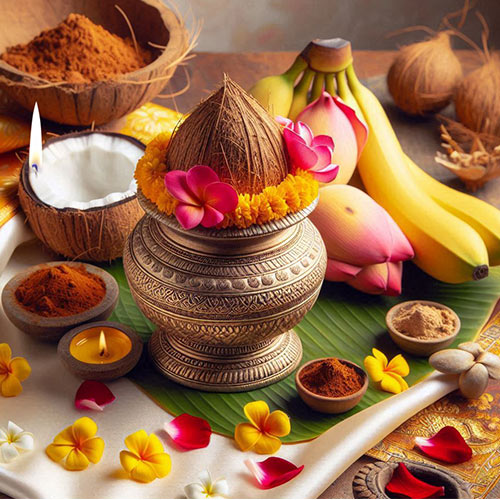
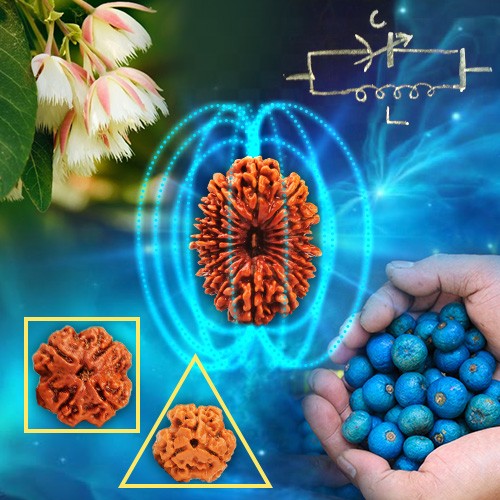
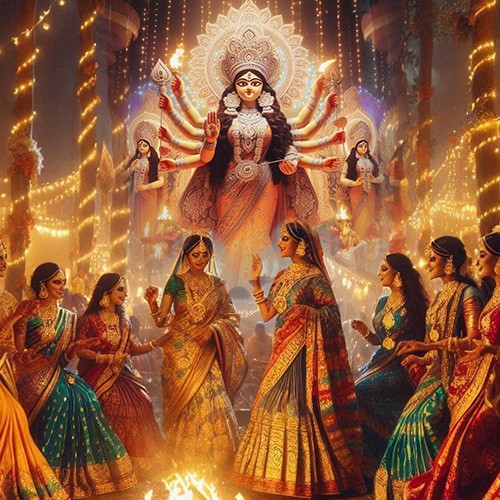


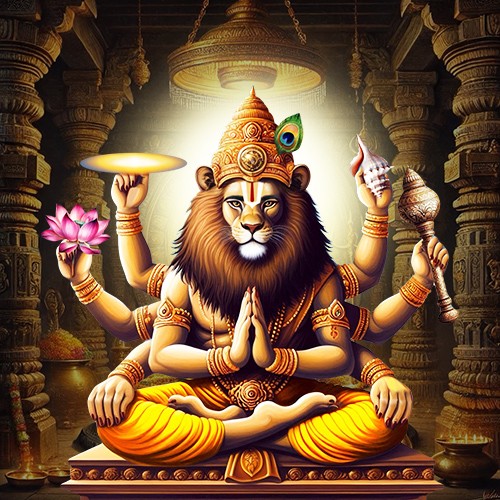
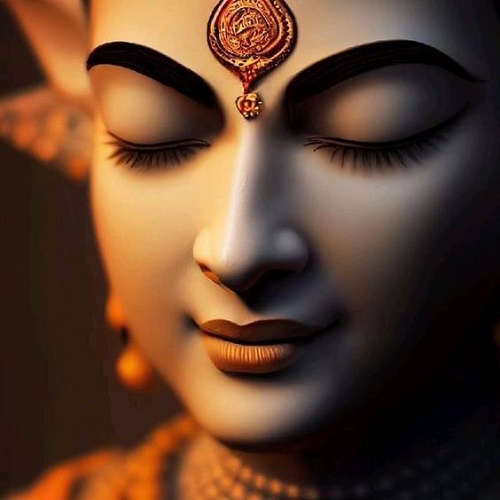
.jpg)
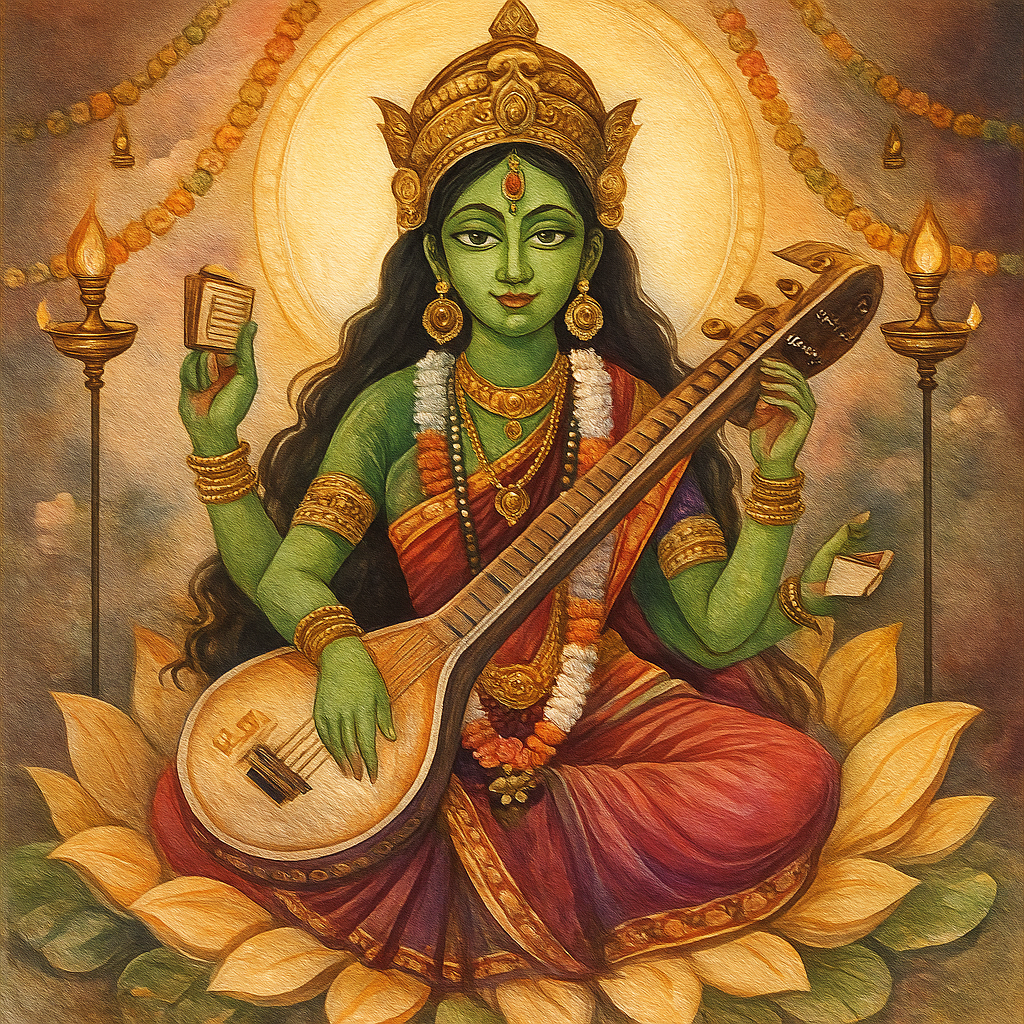
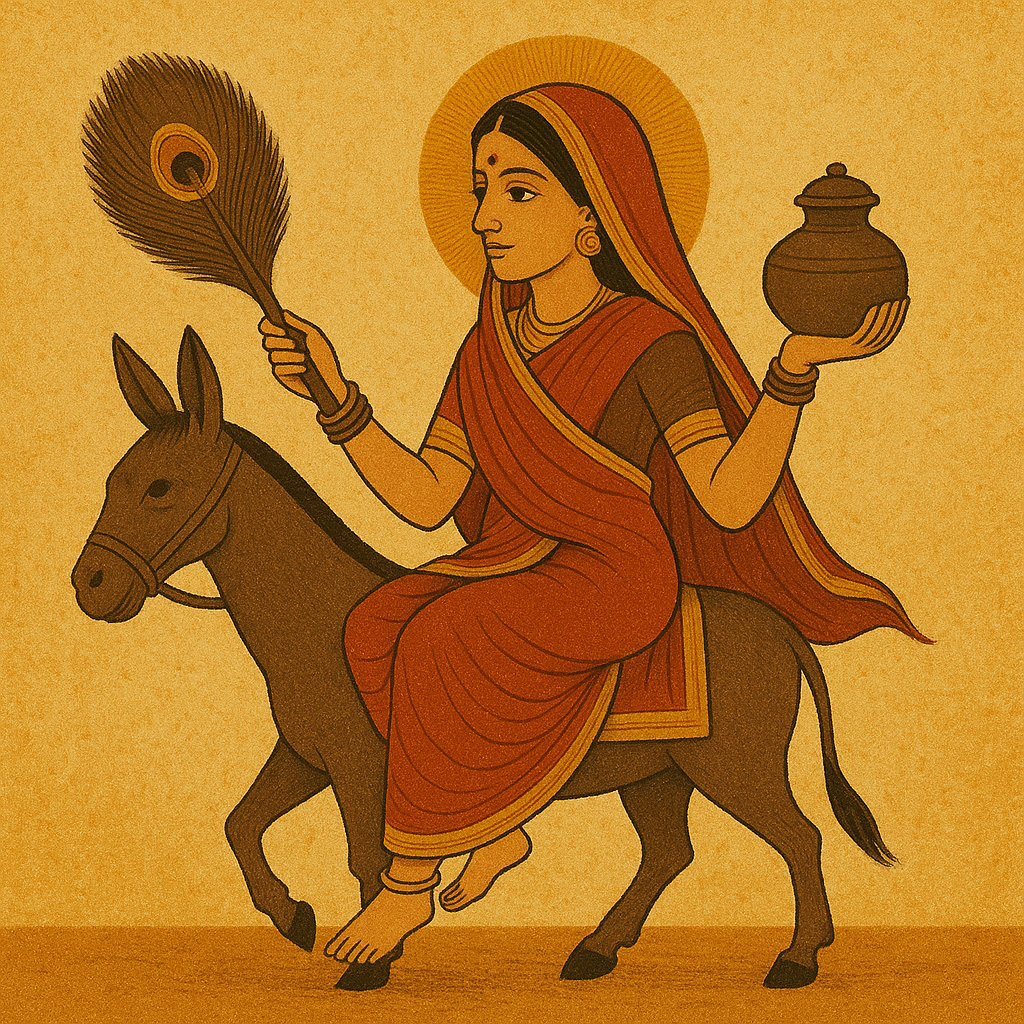
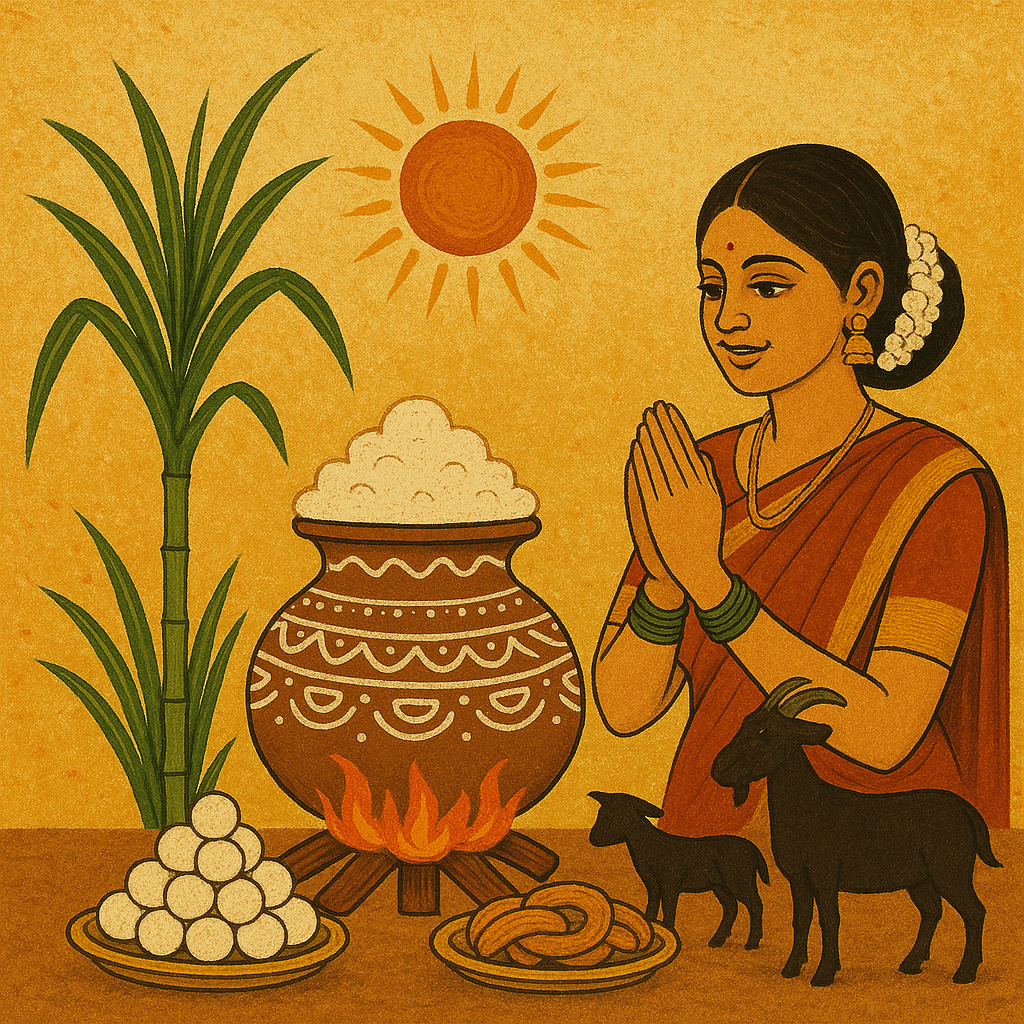
Comments 0
Leave your thought here